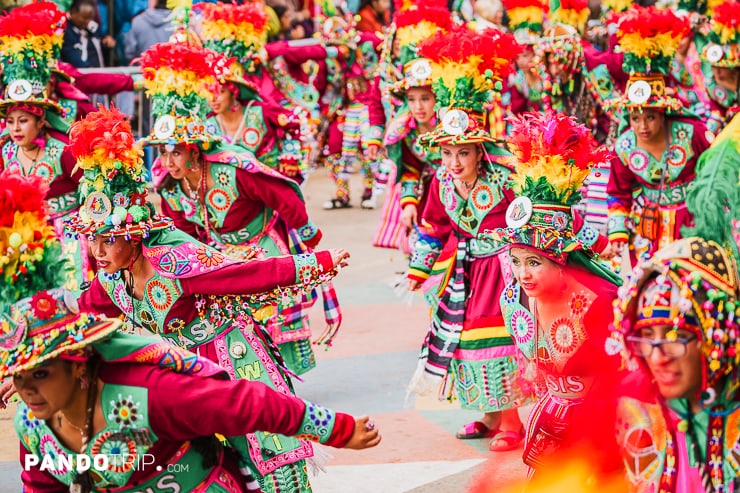The South American continent evokes different feelings for everyone, just like the continent’s diverse landscapes. For some, it is home to incredible natural wonders like the Iguazu Falls or the Amazon rainforest. For others, it’s a sanctuary for football (or, for our American friends, soccer). Still others may recall a complex history of political tides that change as unpredictably as the continent’s mighty rivers.
There are also cities dotted around South America that captivate the imagination of travelers from around the world. While natural beauty is a major tourist attraction on this continent, few can resist the allure of iconic metropolitan hubs like Rio de Janeiro and Buenos Aires. The iconic Christ the Redeemer statue overlooking Rio or the sultry Tango dances in Buenos Aires hold an otherworldly charm. However, there are far more intriguing cities in South America beyond the well-trodden paths of Rio, Buenos Aires, Bogotá, Santiago or Lima.
In this article, we share 13 of the most remarkable and fascinating cities in South America that often remain off the usual travel itineraries. Our list is an attempt to spotlight some underrated gems that will excite the curious traveler looking to venture beyond the established tourist circuits.
How we compiled this list:
Firstly, we wish to clarify that this list is not meant to discourage you from visiting the most popular and famous cities in South America. We wholeheartedly recommend iconic destinations like Rio de Janeiro, Buenos Aires, Bogotá, etc. to every traveler. The cities in this article are additional places to visit if you have more time or if you’re returning to South America for a second or third visit.
Secondly, this list reflects the diverse experiences and perspectives of our editorial team and friends. It combines first-hand travel stories with additional research about other travelers’ experiences. Every team member contributed their own personal insights from past trips to come up with this subjective list.
Lastly, although we have ranked the cities from first to thirteenth, this order does not imply that any city is necessarily “better” than another. Since there are no definitive criteria to judge which city is best, the ranks are based on our team’s subjective assessments. We invite you to read on and discover which of these remarkable cities resonates most with your own interests and travel style.
We hope at least some of these fascinating but underrated cities make it to your future travel plans in South America! Now, let’s dive in…
1. Cuenca, Ecuador: The Unsung UNESCO Heritage City

Nestled in the Andes of southern Ecuador, Cuenca is often overlooked by travelers heading to the more famous city of Quito. However, this colonial gem is a UNESCO World Heritage Site in its own right and well worth a visit.
Cuenca’s historic center is home to architectural treasures like the vivid blue-domed the Cathedral of the Immaculate Conception. Walking the cobblestone streets, you’ll discover picturesque plazas, magnificent museums, and lively markets. Beyond the city, Parque Nacional Cajas offers hiking amidst lunar-like landscapes reminiscent of Scotland.
Despite its abundance of culture, Cuenca maintains a low cost of living. This combination attracts expats from around the world. North Americans are particularly drawn to Cuenca’s mild climate, affordability, and high quality of life.

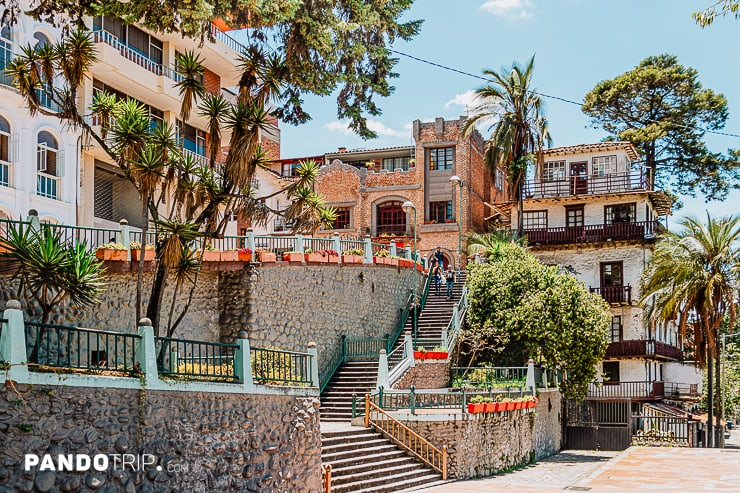

With an intact colonial core and modern amenities, Cuenca offers the best of both worlds. Spend your days photographing distinctive architecture and nights enjoying authentic cuisine and folkloric dances. Cuenca may be Ecuador’s third-largest city, but it boasts experiences unlike anywhere else.
2. Iquique, Chile: The Surfer’s Utopia with a Historic Twist

With endless golden beaches and swells from the Pacific, Iquique is a surfer’s paradise. Surfing hotspots like Playa Cavancha offer rides for all levels, backed by beach bars and a laidback vibe. It’s no wonder Iquique hosts major championships like the Big Wave Tour.
Yet Iquique also captivates history buffs. In the late 1800s, the city boomed during Chile’s nitrate mining era. Eerie ghost towns like Humberstone preserve this legacy. Iquique’s cosmopolitan flair stems from immigrants who flocked here during the nitrate boom.
Adrenaline junkies can sandboard down coastal dunes or paraglide above the vast Atacama Desert. Shopaholics flock to Iquique’s duty-free zone with its huge mall Zofri. Fresh seafood restaurants and beachfront hotels line the scenic shore.
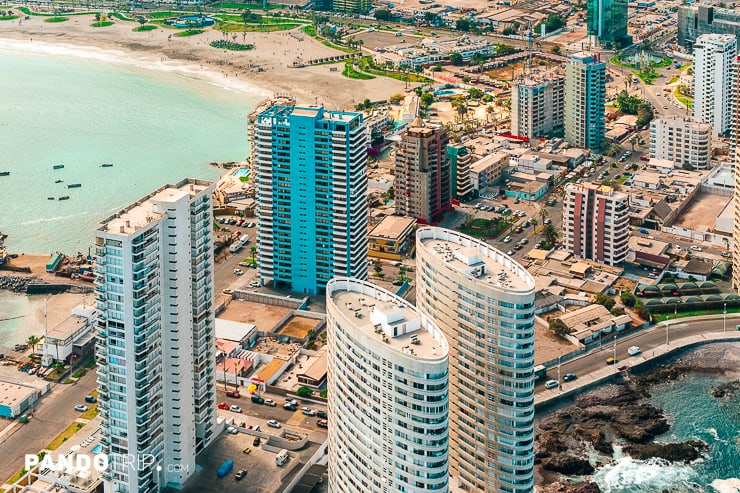

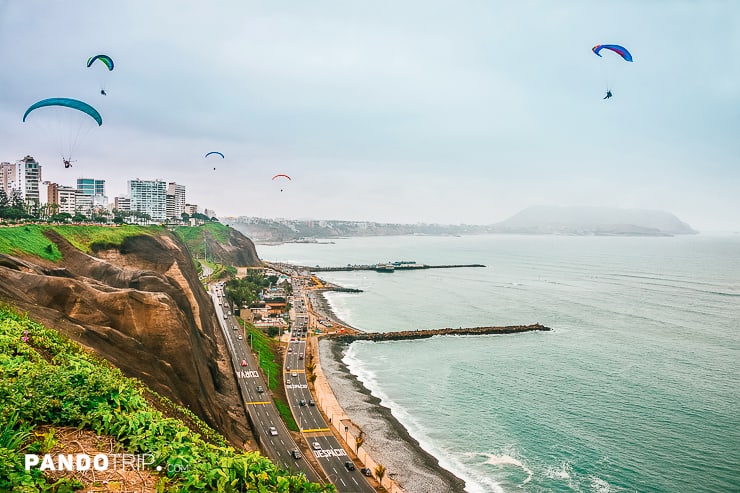
With world-class waves, wild desertscapes, shopping bargains and historic sites, Iquique entices travelers of all kinds. Surfers can ride the morning glass, sightseers can tour abandoned mining towns, and everyone can feast on fresh ceviche at sundown. Iquique has it all.
3. Florianópolis, Brazil: Unsung Island Paradise

While Rio de Janeiro and São Paulo grab the headlines, Florianópolis remains Brazil’s blissful island secret. This sun-soaked Shangri-La captivates locals as one of Brazil’s top domestic destinations with over 40 pristine beaches.
Surf famous breaks at Mole Beach or relax in the shallow lagoons of Praia de Jurerê. Also, hike amidst beautifull scenary to Lagoinha do Leste or Barra da Lagoa. The adventure continues with world-class kayaking, scuba diving, paragliding and sandboarding.
At night, Florianópolis comes alive with beach bars pumping samba and bossa nova beats. Relish fresh seafood and tasty drinks along the trendy Jurerê Internacional neiborhood while locals and travelers mingle in the lively streets.




Despite the frenzied nightlife, Floripa maintains a mellow vibe and ranks as one of Brazil’s safest cities. With endless coastline, verdant interior rainforests, and a rocking party scene, Florianópolis isn’t just an island escape—it’s a Brazilian paradise reclaimed.
4. Valparaiso, Chile: San Francisco’s Bohemian Cousin

With its hillside neighborhoods connected by ascensores (funiculars), vibrant street art, and bohemian vibe, Valparaiso offers a uniquely Chilean twist on San Francisco. Though it lacks Silicon Valley money, this port city makes up for it with colorful character.
Brightly painted homes and graffiti murals creep up the 42 hills surrounding the harbor. Ride ascensores like Concepción and Artillería for staggering city views. The steep, lively streets below burst with shops, restaurants, and nightlife. Cultural attractions include La Sebastiana, the former residence of Chilean poet Pablo Neruda.
Seafood reigns supreme in Valparaiso. Fishermen haul in the daily catch at Caleta Portales, a bustling wharf market. Outdoor ferias sell fresh oysters and empanadas into the night.
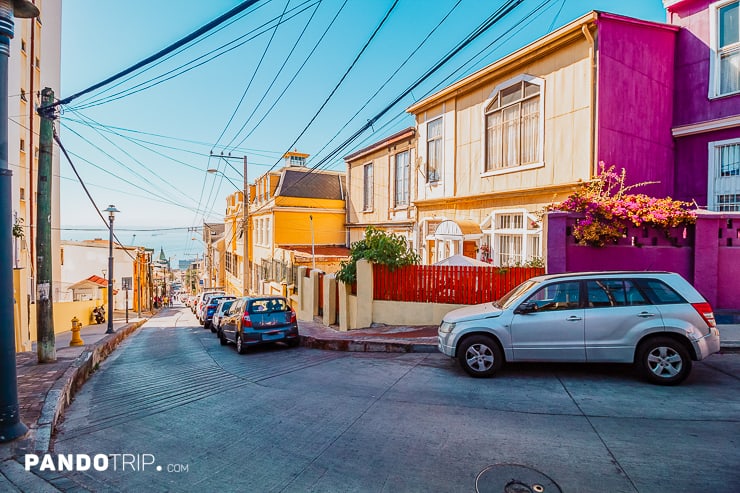
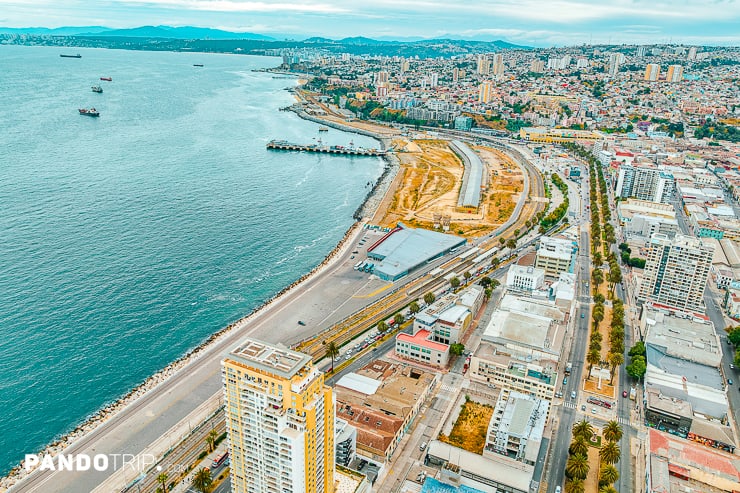

With its jumble of postcard-worthy hills, patient fishermen, and edgy street art, Valparaiso embodies the romance of a Mediterranean port town infused with laidback Chilean hospitality. All it lacks are the throngs of tourists. For now, bohemian Valparaiso remains South America’s charmingly unconventional secret.
5. Curitiba, Brazil: Brazil’s Model Sustainable City

With its innovative public transit and abundance of green space, Curitiba offers a masterclass in urban planning disguised as a vibrant metropolis. The city boasts one of the world’s most efficient bus systems, comprising modern buses traveling in designated lanes. Pedestrian-friendly streets weave through verdant parks and gardens like the immaculate Botanical Garden and the lush Barigui and Tanguá Parks.
Curitiba’s urban design brilliance stems from its pedestrian-only zones, landscaped walkways, and creative recycling initiatives adopted in the 1970s. Citizens utilize recycling tubes to separate and dispose of waste. The city even pays residents for recyclables as an incentive.
Beyond the green landscapes and efficient infrastructure lies a diverse cultural mosaic. An influential Ukrainian community flavors Curitiba with Eastern European architecture and cuisine. The Italian heritage emits from the Veneza and Santa Felicidade neighborhoods, the latter brimming with Old World restaurants and markets.



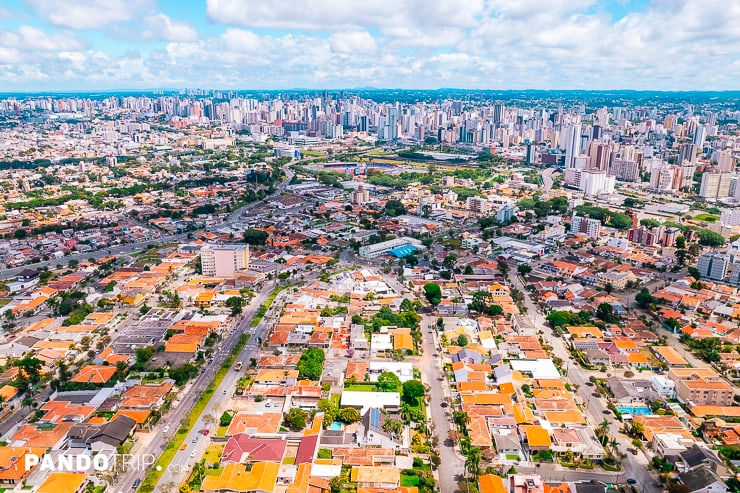
Both practically and aesthetically, Curitiba hits a sweet spot between eco-conscious and exciting. Marvel at the futuristic skyline and then wander tree-lined boulevards on foot. Curitiba blends urban innovation with natural splendor and multiculturalism—a sustainably designed wonderland.
6. Salta, Argentina: Where Culture and Nature Dance in Harmony

Buenos Aires may be the tango capital, but Salta’s music and dance scene is defined by lively folk genres like chacareras and zambas. Catch a folklore show at one of the city’s peñas while savoring empanadas Salteñas, the regional spin on these Argentine stuffed pastries.
Salta is surrounded by the stunning landscapes of the Lerma Valley and Calchaquí Valleys. Dramatic rock formations rise from the Quebrada de las Conchas, creating the aptly named Garganta del Diablo (Devil’s Throat). Further afield, the Andean Train to the Clouds traverses viaducts, spirals, and 21 tunnels during its ascent into the clouds.
Compared to over-touristed destinations like Patagonia, Salta provides a more local Argentine experience. Wander small-town streets lined with colonial architecture before learning the secrets of llama meat at a cooking class. Salta keeps tradition alive through crafts, cuisine, music and dance—all with a spectacular Andean backdrop.



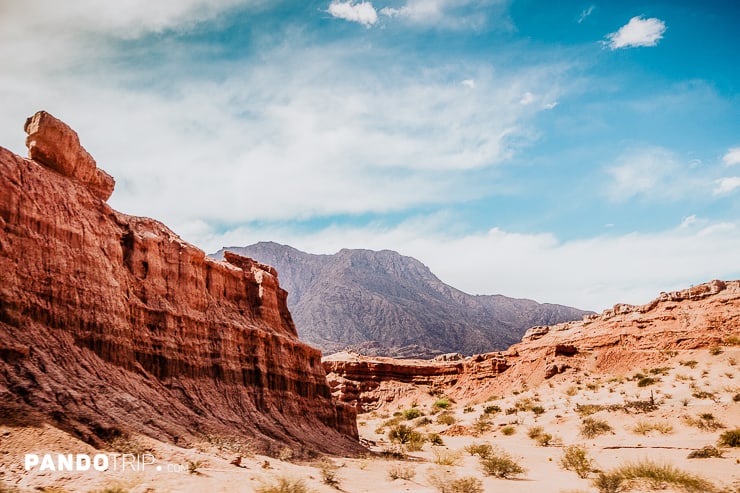
Culture and nature entwine effortlessly in Salta. Spend mornings exploring museums and historic plazas before hiking through polychromatic canyon landscapes. As Salta’s rhythmic folk tunes suggest, this city seamlessly blends past and present, city and country, in an eternal dance.
7. La Paz, Bolivia: A City Above the Clouds

At an oxygen-deprived elevation of 3,649 meters (11,975 feet), La Paz stands as the highest capital city on Earth. While most visitors use it as a convenient gateway to the salt flats of Salar de Uyuni or the still waters of Lake Titicaca, spending time immersed in this urban hub reveals one of South America’s most fascinating metropolises.
Cable cars of the Mi Teleférico network float over the city, comprising the world’s largest urban cable car system. Riding above the sprawling canvas of colorful buildings, with the snow-capped Andes Mountains in the distance, is not just a commute but a breathtaking journey.
Down below, traces of La Paz’s rich history are woven throughout, from the ornate 17th-century Iglesia de San Francisco church to the ancient ruins at Tiwanaku, a pre-Columbian city with monumental temples ingeniously constructed without mortar.
The distinctive cholitas in their voluminous skirts and precariously balanced bowler hats are a prominent feature of La Paz’s cultural landscape. Cholita wrestling, an adaptation of American and Mexican professional wrestling, is one of the city’s most remarkable spectator events.

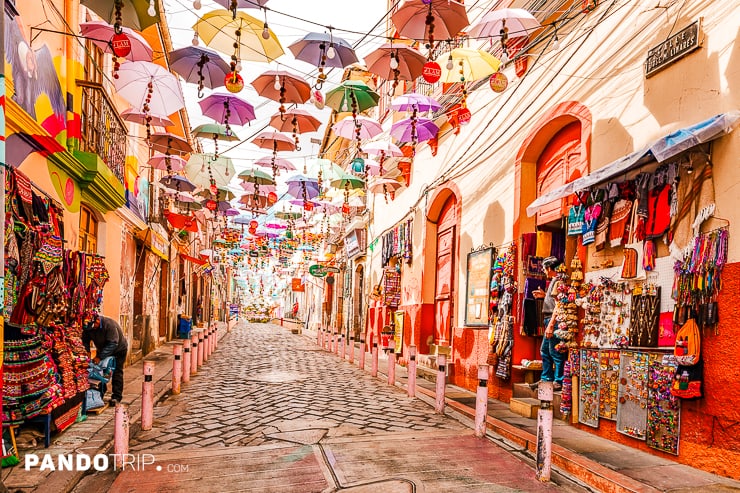


Delving into the darkness and mysticism within humanity, the Witches’ Market offers herbs, talismans, and more. La Paz is also home to San Pedro prison, arguably the world’s strangest penitentiary where inmates run shops and restaurants, turning incarceration into a microcosm of city life.
From ancient cultures to urban expansion, with some witchcraft and wrestling in between, lofty La Paz remains a high-altitude hub of delightful contrasts.
8. Medellin, Colombia: From World’s Most Dangerous to Most Innovative City

In the 1980s and 90s, Medellin was infamous as the home of drug lord Pablo Escobar and the murder capital of the world. But today, it has transformed into one of South America’s most innovative urban centers.
Once-neglected neighborhoods now connect to the city center via the Metrocable, an aerial gondola system that provides transport to hillside slums. One example is Comuna 13, formerly one of the city’s most violent areas, now filled with vibrant street art.
Medellin’s unsafe reputation still lingers abroad, but locals enjoy peacefully strolling through formerly dangerous areas like the Poblado district. Public spaces like Parque Arví, spanning over 4,000 acres of forested land, provide families and adventurers an urban escape.
Medellin also has extra spice for fans of global pop sensation Maluma. The reggaeton superstar was born in Medellin and often expresses his love for the city through his music, like in his song “Medellín” with Madonna. In April 2022, Maluma held the historic concert “Medallo en el Mapa” (Medellín on the Map) in his hometown.




Through visionary urban development and community engagement, Medellin continues to build itself anew. This Phoenix of a city, rising from the ashes of its past, stands as an inspiration for any place struggling with violence. The most dangerous city in the world is now a beacon of hope.
9. Sucre, Bolivia: The Forgotten Cradle of Independence
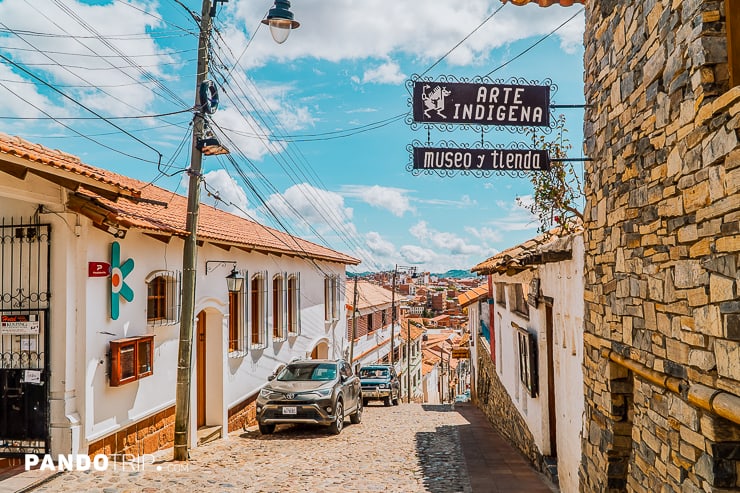
As Bolivia’s judicial capital, Sucre is both historically significant and jaw-droppingly beautiful. Known as La Ciudad Blanca, or The White City, UNESCO-listed Sucre dazzles with elegant colonial buildings painted chalk white.
Founded in the 16th century, Sucre was South America’s first capital city. The Declaration of Independence was signed here in 1825, marking Bolivia’s birth as a sovereign nation. Yet modern-day Sucre remains surprisingly overlooked.
Beyond admiring the architecture, visitors can explore dinosaur tracks at Parque Cretácico, take cheap Spanish lessons, or people-watch from lively cafes surrounding Plaza 25 de Mayo.
Sucre maintains a more relaxed vibe than many South American cities. By night, locals and travelers congregate for leisurely dinners and drinks beneath the stars.

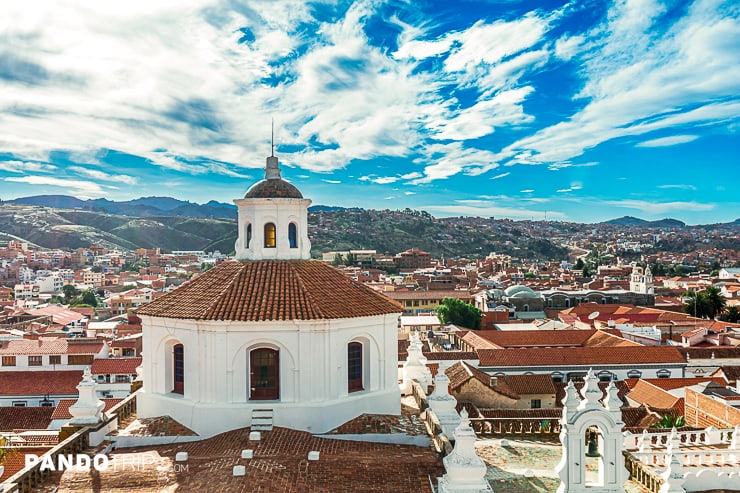

As Bolivia’s most beautiful city and the cradle of its independence, Sucre rightfully deserves more time in the spotlight. Spend lazy days wandering cobblestone streets and discovering a history shaped within these very walls. The White City still shines.
10. Córdoba, Argentina: Vibrant Academia and Natural Beauty

With prestigious universities, lively nightlife and easy access to picturesque sierras, Córdoba blends stimulating academia with youthful adventure. As Argentina’s second largest metropolis, its energetic pulse emanates from the prestigious National University of Córdoba, the nation’s oldest university founded by the Jesuits in 1613. The historic campus brims with Baroque architecture and attracts students from across Latin America.
The UNESCO-listed Manzana Jesuítica (Jesuit Block) immerses you in Córdoba’s rich education history. Wandering between preserved 17th and 18th century buildings, one can imagine scholars of the past studiously hurrying to lectures.
When the sun sets, Córdoba’s nightlife lights up. Though not as wild as Buenos Aires, Córdoba’s nightlife still thrums with close to 200,000 students sipping Fernet con Coca, a beloved local cocktail blending aromatic bitters and cola. Flamenco clubs and live music venues further fuel the vibrant nights.
Outside the city, the Sierras de Córdoba offer a picturesque natural escape. The scenic sierras feature rocky precipices, lush forests, and cascading waterfalls prime for hiking and outdoor adventures. Visitors can also explore Jesuit estancias (ranches) like Alta Gracia, which preserves the colonial estate and chapel where Che Guevara grew up.
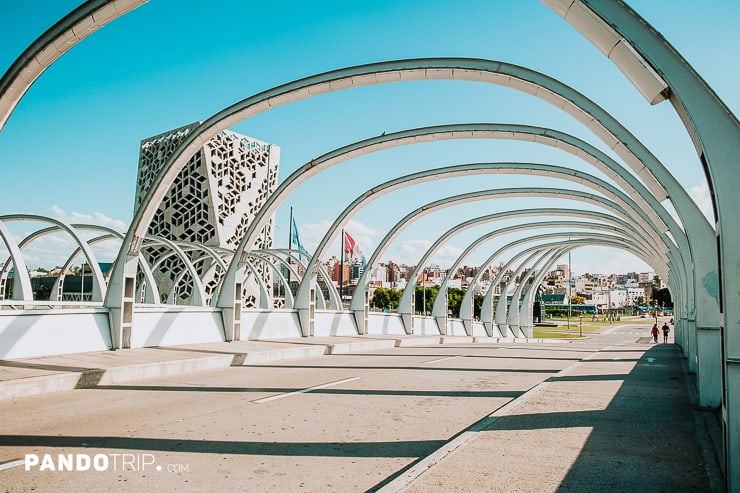


Whether debating philosophy at a sidewalk cafe, dancing at a packed club, or exploring the surrounding peaks, Córdoba entwines nature, history, and youthful spirit into one enriching experience. This scholastic haven amidst the Sierras nurtures the soul and mind in equal measure.
11. Barranquilla, Colombia: Coastal Carnival Capital and Shakira’s Hometown

Overshadowed by bustling Bogotá and beachy Cartagena, Barranquilla often gets overlooked by travelers. But this vibrant port city on Colombia’s Caribbean coast has plenty to offer. From its world-famous carnival exploding with color to being the hometown of pop sensation Shakira, Barranquilla provides unique experiences that showcase its distinctive character.
In February/March, Barranquilla hosts the second-largest carnival in the world after Rio’s. While Rio’s celebration might steal global headlines, Barranquilla’s version is no less spectacular. Blending European, African, and indigenous cultural influences, the carnival is an eclectic explosion of colors, rhythms, and dances that delight the senses.
Shakira, the global pop sensation, calls Barranquilla her hometown, adding a layer of stardust to the city. Her tribute to Barranquilla in “Hips Don’t Lie” has put the city on the map for many, while the statues erected in her honor serve as tangible reminders of her connection to this place. For fans, it’s a pilgrimage to see where the iconic singer’s journey started.

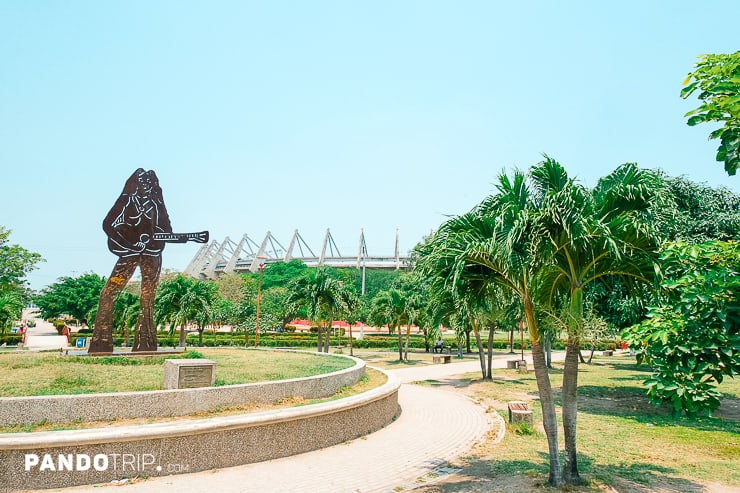
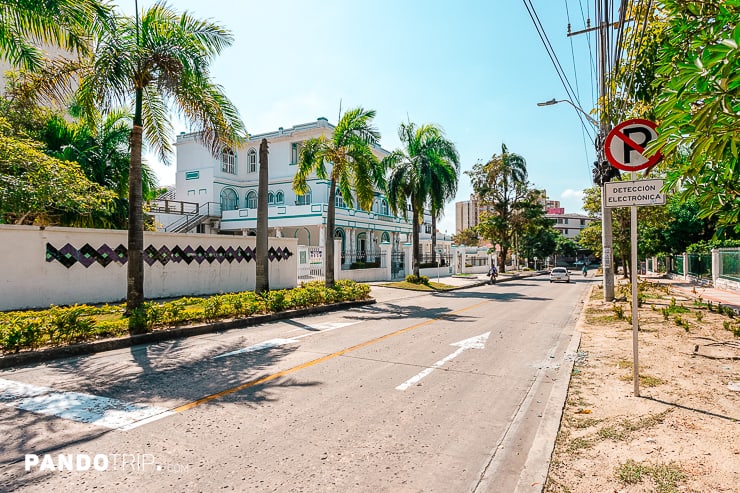
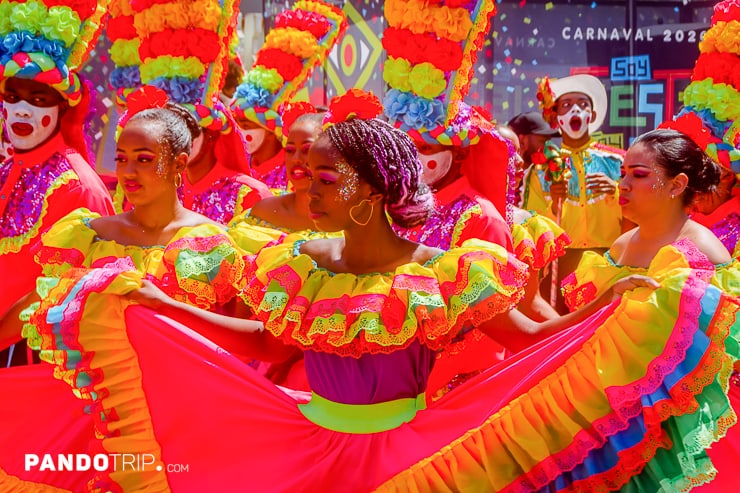
Culinary adventures also abound in Barranquilla, where a melting pot of cultures manifests in diverse, fusion cuisine. The local dish Arroz de Lisa embodies this blend, mixing flavors and techniques from various traditions into a single delicious plate.
From the rollicking carnival to favorite daughter Shakira, with some tasty fusion cuisine in between, Barranquilla emerges as an underrated Colombian jewel awaiting exploration beyond the crowds.
12. Asunción, Paraguay: The Underestimated Capital

Asunción rarely makes it onto travelers’ South American itineraries. Yet Paraguay’s capital is one of the region’s most influential cities as headquarters of the Mercosur trade bloc. Beyond the commerce, Asunción charms visitors with contradictory attractions.
Modern skyscrapers tower above colonial-era buildings downtown. Plaza de los Heroes and Catedral Metropolitana anchor the historic core along the Paraguay River. Young professionals unwind at nightlife hubs like Paseo Carmelitas, Senador Long, and Manzana de la Rivera.
The cuisine reflects Paraguay’s cattle industry, with beef featured in rustic dishes like costilla (ribs), bife (steak), chorizo sandwiches, and classic asado. Homestyle restaurants deliver flavors that showcase Asunción’s Blend of old and new.



Though often dwarfed by its neighbors on paper, Asunción punches above its weight in South America. Business, history, food, and nightlife entwine in Paraguay’s cosmopolitan capital that defies expectations.
13. Oruro, Bolivia: Not Just a Carnival Town—A Year-Round Gem

Mention Oruro to most travelers, and they’ll immediately think of Carnaval de Oruro—one of Bolivia’s most famous festivals. For three days each February, extravagant parades with devil dancers, folkloric bands, and elaborately dressed angels flood the streets.
Yet Oruro offers exciting experiences all year long. Descend into its labyrinthine mines to witness present-day operations firsthand and learn about the industry that built this city. Local legend says the Virgin of Socavón protected early miners, inspiring an underground shrine.
Above ground, downtown Oruro delights with aromatic markets and Baroque architecture around Plaza 10 de Febrero. Locals dine on cuisines influenced by generations of immigrants. Llama meat even appears in empanadas and other specialties.
With colorful religious traditions, adventure excursions underground, and an unexpected food scene, Oruro deserves a spot on every Bolivia itinerary—not just during Carnival. Any time of year, you’ll discover memorable sights and activities in this highland town.

